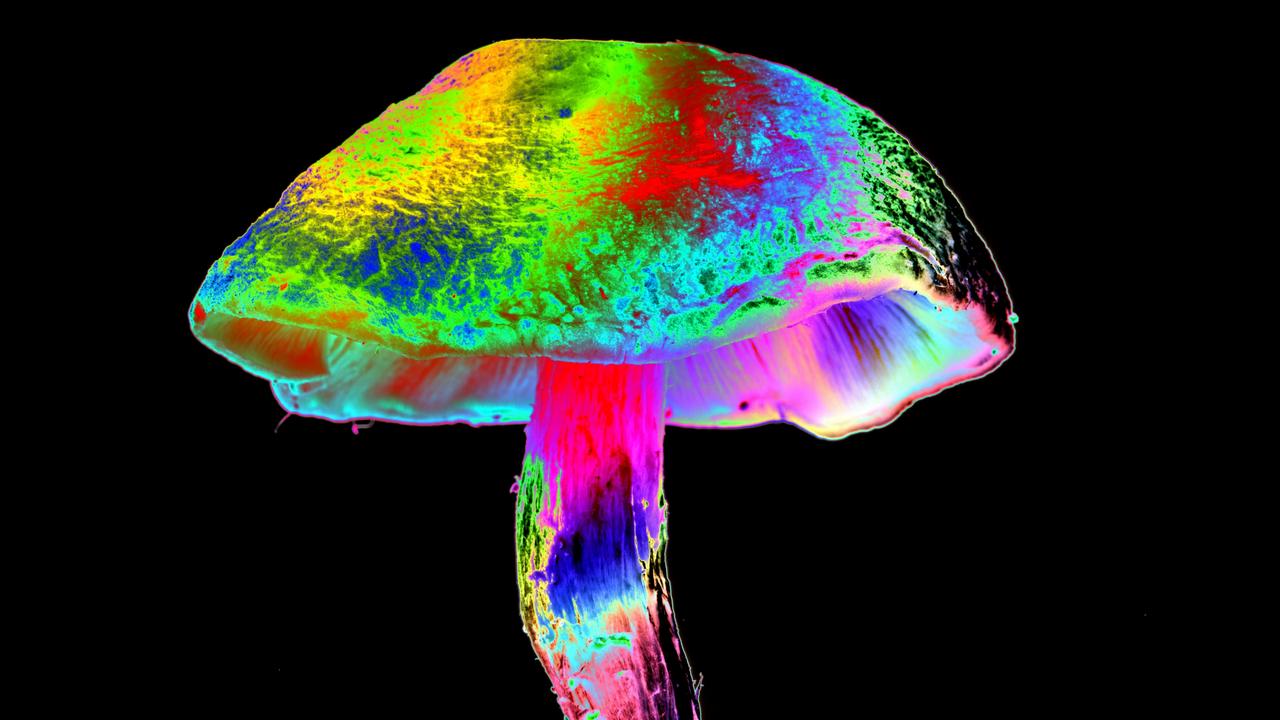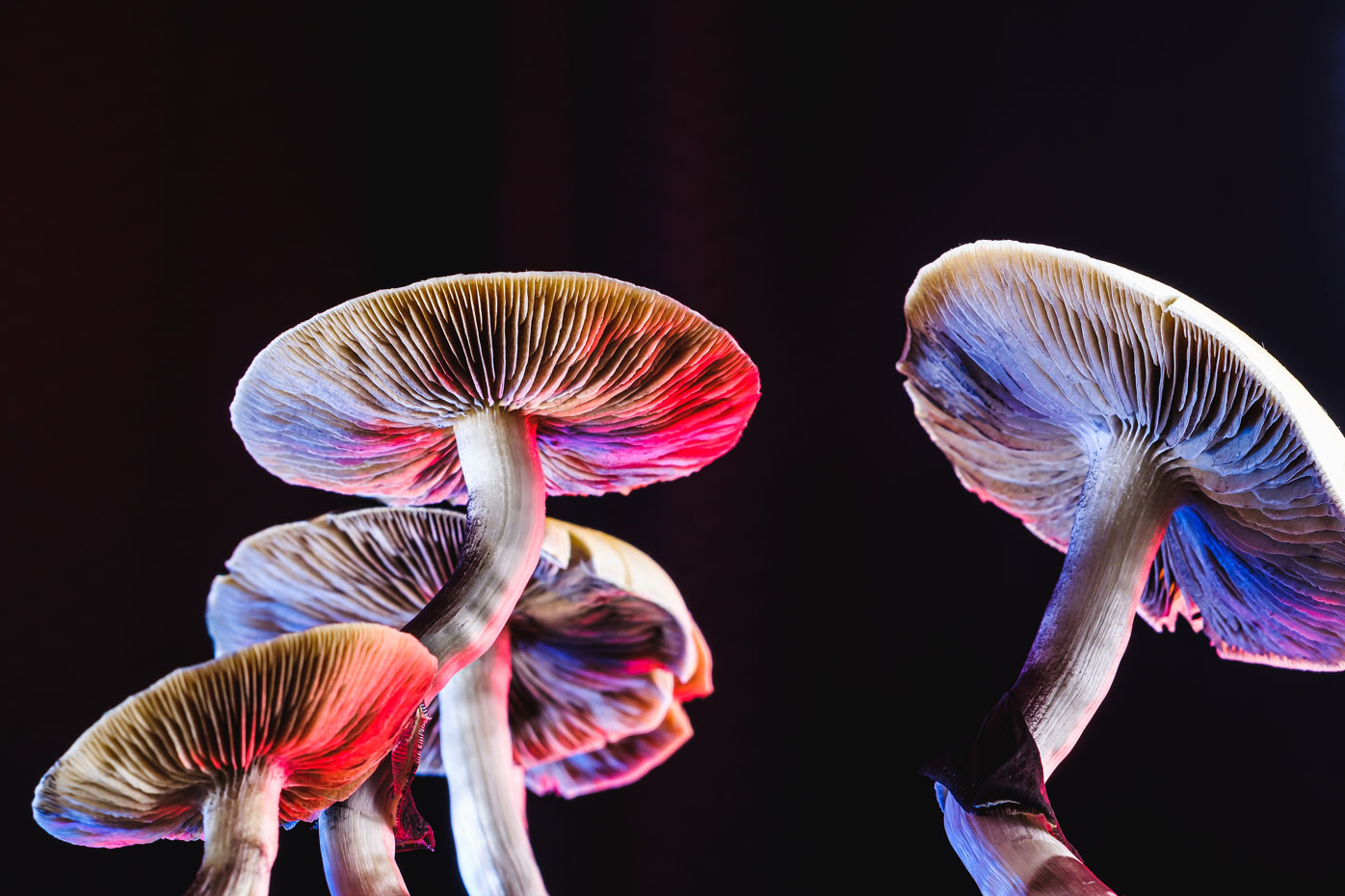Learn Key Information About Golden Psycho That’s Useful.
Learn Key Information About Golden Psycho That’s Useful.
Blog Article
Everything About Psychotomimetic Substances: Their Role in Psychological Study
Psychotomimetic substances, such as LSD and psilocybin, have gathered enhancing rate of interest in psychological research study for their capability to replicate psychotic signs and supply insight right into various psychological health and wellness disorders. Their communications within the mind, particularly via serotonin and dopamine paths, suggest a complex partnership between consciousness and neurobiology that might unlock novel healing avenues. As researchers continue to examine their prospective applications, honest considerations bordering their usage in professional setups become critical, increasing essential inquiries concerning safety and notified approval that warrant further expedition.
Meaning of Psychotomimetic Substances
In the realm of emotional research, psychotomimetic compounds are substances that can generate results appearing like those of psychosis, such as hallucinations, delusions, and transformed understandings of reality - About Golden Psycho. These compounds can be categorized into various classifications, consisting of hallucinogens, dissociatives, and specific energizers, each generating distinct psychological effects
The pharmacological action of psychotomimetic substances usually entails inflection of natural chemical systems, especially those relevant to serotonin, dopamine, and glutamate. For circumstances, compounds like lysergic acid diethylamide (LSD) mainly act on serotonin receptors, leading to extensive changes in sensory assumption and cognition.
The energy of psychotomimetics in research study depends on their capability to imitate psychotic signs and symptoms, providing a design for comprehending the hidden systems of psychotic disorders such as schizophrenia. By researching the effects of these substances, researchers can acquire insights right into the neurobiological and emotional processes that add to psychosis.
Moreover, psychotomimetic substances have actually been explored for their therapeutic capacity in treating various mental health problems, consisting of depression and anxiety, highlighting their double duty in both research and prospective medical applications.
Historical Growth and Context
The expedition of psychotomimetic substances has a rich historic context that dates back to ancient worlds, where compounds such as psilocybin mushrooms and peyote were utilized in spiritual and healing practices. These very early uses commonly linked with religious rituals, recommending a profound respect for the transformed states of awareness induced by these substances.
The mid-20th century marked a substantial pivotal moment in the research of psychotomimetic substances, especially with the synthesis of LSD by Albert Hofmann in 1938. The succeeding popularization of LSD in the 1960s militarized a wave of interest in both its mental impacts and possible therapeutic applications. Scientists began to explore just how these substances might resemble psychotic states, providing understandings into mental disease.
However, the boosting organization of psychotomimetics with counterculture movements brought about governing backlash, culminating in the criminalization of most of these substances. Regardless of these obstacles, the renewal of passion in the healing possibility of psychedelics in the 21st century has motivated renewed research. This historical trajectory highlights the developing understanding of psychotomimetic substances, transforming from sacred materials to subjects of scientific query and, possibly, therapeutic guarantee.
Devices of Action
Understanding the systems of action of psychotomimetic compounds exposes the intricate ways these compounds interact with the brain's neurochemistry. These substances largely exert their results via modulation of natural chemical systems, specifically serotonin, dopamine, and glutamate. For instance, lots of timeless psychedelics, such as psilocybin and LSD, primarily function as agonists at serotonin 5-HT2A receptors, causing modified perception and cognition. This communication not just influences sensory processing but likewise enhances emotional and introspective experiences.
In addition to serotonin, dopaminergic paths are considerably influenced by substances like mescaline and particular cannabinoids, which can bring about altered states of consciousness and changes in mood and inspiration. In addition, the NMDA receptor animosity observed with compounds like ketamine highlights one more pathway whereby psychotomimetics might cause dissociative states and profound modifications in thought processes.
The neurochemical cascades initiated by these interactions cause complicated and diverse mental impacts. Recognizing these systems is important for both the innovation of mental research and the explanation healing possibility of home psychotomimetic substances, as they offer insights into the underlying neural correlates of modified states of consciousness.
Current Study and Applications
Current examinations into psychotomimetic substances have disclosed a renewal of interest in their healing applications, especially in the fields of psychiatry and psychology. Scientists have actually started exploring compounds such as psilocybin, LSD, and ayahuasca for their potential to relieve signs and symptoms connected with different mental health and wellness conditions, consisting of depression, anxiousness, and PTSD.
Professional tests have shown that, when administered in regulated atmospheres, these compounds can help with profound emotional experiences, advertising psychological developments and enhanced therapeutic results. Research studies have revealed that psilocybin-assisted treatment can lead to considerable decreases in treatment-resistant anxiety, with impacts lasting for numerous months post-treatment.
Additionally, psychotomimetic substances are being assessed for their ability to promote neuroplasticity, potentially permitting for even more reliable rewiring of maladaptive thought patterns. These searchings for recommend that such substances might act as complements to conventional psychotherapeutic techniques, boosting the efficiency of therapeutic interventions.
As research study proceeds, the focus is shifting towards recognizing the ideal dosages, healing setups, and individual attributes that can maximize the advantages of these substances. This growing field holds guarantee for reinventing mental health and wellness therapy paradigms and attending to the restrictions of conventional psychiatric medicines.
Honest Factors To Consider in Research

Navigating the ethical landscape of study including psychotomimetic compounds is crucial to ensuring individual security and the integrity of research results. Scientists must focus on educated consent, ensuring that individuals fully comprehend the prospective risks and advantages related to the substances being researched. This includes giving in-depth information regarding possible mental effects, including acute and lasting impacts, and enabling participants the opportunity to withdraw from the research study at any moment scot-free.
Additionally, moral oversight by institutional navigate to these guys evaluation boards (IRBs) is crucial. IRBs review research study protocols to guard participant well-being and maintain ethical standards. This analysis aids minimize dangers and makes certain that studies are performed with scientific rigor. In addition, the possibility for coercion need to be very carefully analyzed, particularly when vulnerable populaces are involved.
Confidentiality is another vital consideration. Researchers have to implement durable steps to protect individuals' identities and information, specifically provided the sensitive nature of experiences related to psychotomimetic compounds (About Golden Psycho). Eventually, a commitment to moral practices not only fosters trust between scientists and participants but additionally improves the reliability and validity of the research end results, adding to the advancement of emotional expertise

Verdict
Finally, psychotomimetic substances, especially traditional psychedelics such as LSD and psilocybin, offer substantial understandings right into mental problems via their one-of-a-kind mechanisms of action. Their restorative capacity in addressing conditions like anxiousness and PTSD underscores the importance of ongoing research in this area. However, ensuring honest requirements in research study practices is critical for participant safety and notified consent, permitting a responsible exploration of these substances' benefits and implications within psychological scientific research.
Report this page